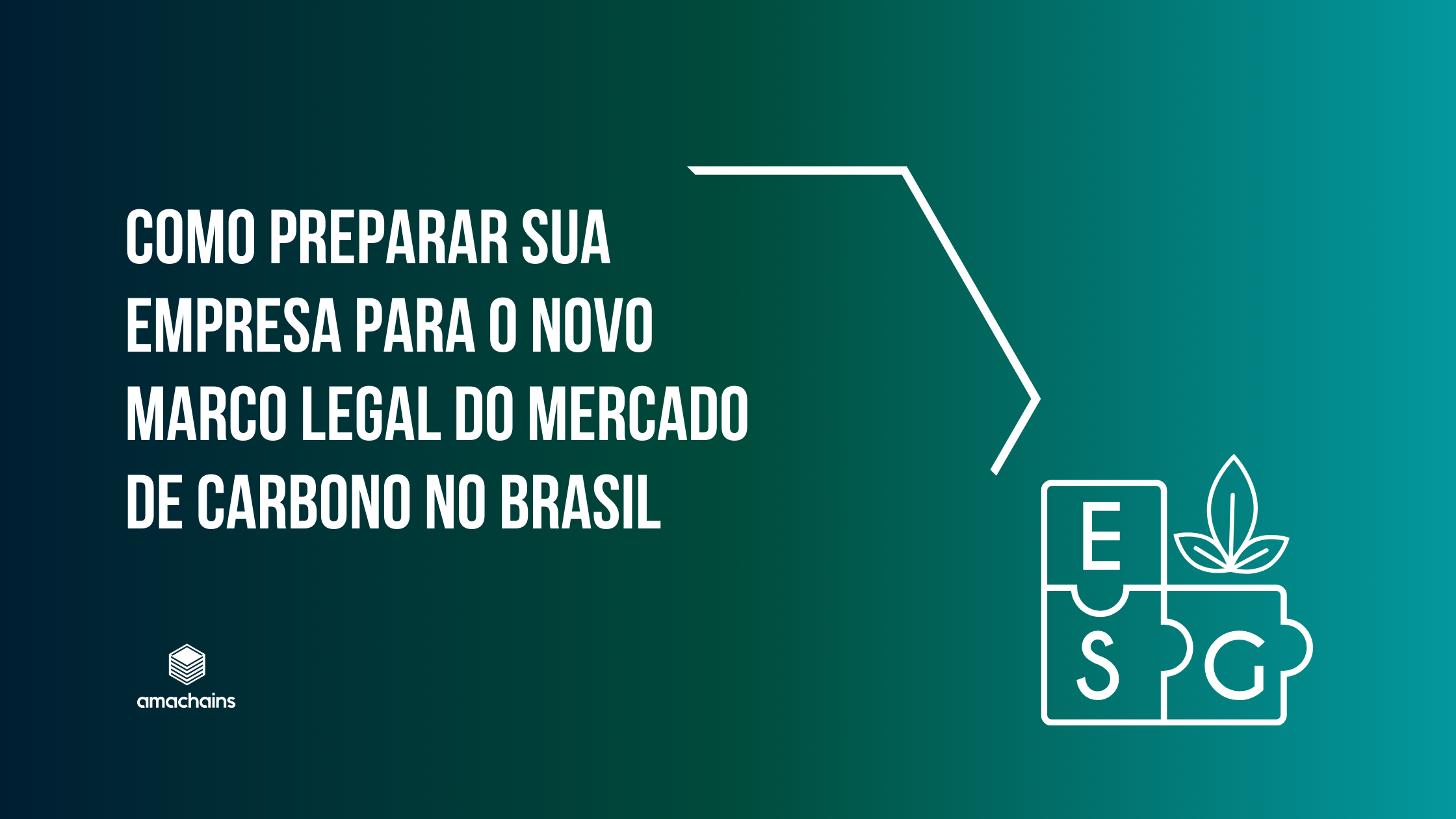The search for solutions to mitigate climate change has led to the increasing adoption of carbon credits as a tool to reduce greenhouse gas emissions. However, the validation of these credits faces a series of challenges, from ensuring the environmental integrity of projects to the transparency and reliability of accounting processes. In this article, we will explore the main obstacles to the validation of carbon credits, highlighting international methodologies and the crucial role of technology in creating solutions to ensure the traceability and accurate accounting of carbon emissions.
Challenges in Validating Carbon Credits:
Complexity of Methodologies: Carbon credit validation methodologies are often complex and vary by project type and geographic region. The diversity of standards and requirements makes it difficult to understand and apply the guidelines uniformly, which can lead to inconsistencies and a lack of transparency in validation processes.
Environmental Integrity Verification: Ensuring that emissions reduction projects actually contribute to climate change mitigation is critical. However, verifying the environmental integrity of projects can be challenging, especially in areas such as land use and forestry, where environmental impacts can be difficult to quantify and monitor.
Traceability and Accurate Accounting: Traceability of carbon emissions throughout a project’s lifecycle is essential to ensure accurate carbon credit accounting. However, traditional monitoring and reporting systems can be inadequate to capture real-time data and provide a comprehensive view of emissions.
The Role of Technology:
Technology plays a crucial role in overcoming the challenges associated with validating carbon credits. Innovative solutions such as blockchain, IoT (Internet of Things) and artificial intelligence are increasingly being used to improve the traceability and accounting of carbon emissions. These technologies enable the creation of real-time monitoring systems that automatically record and validate activities related to emissions reductions, ensuring transparency and accuracy in data.
Furthermore, technology can facilitate interoperability between different carbon verification and accounting systems, promoting harmonization of standards and efficient exchange of information between stakeholders.
Validating carbon credits faces a number of challenges, from the complexity of methodologies to the need to ensure the environmental integrity of projects. However, technology offers promising solutions to overcome these obstacles, improving the traceability and accounting of carbon emissions and promoting greater transparency and reliability in validation processes. As we move forward in the fight against climate change, it is crucial to harness the potential of technology to strengthen carbon market mechanisms and drive the transition to a low-carbon and more sustainable economy.








